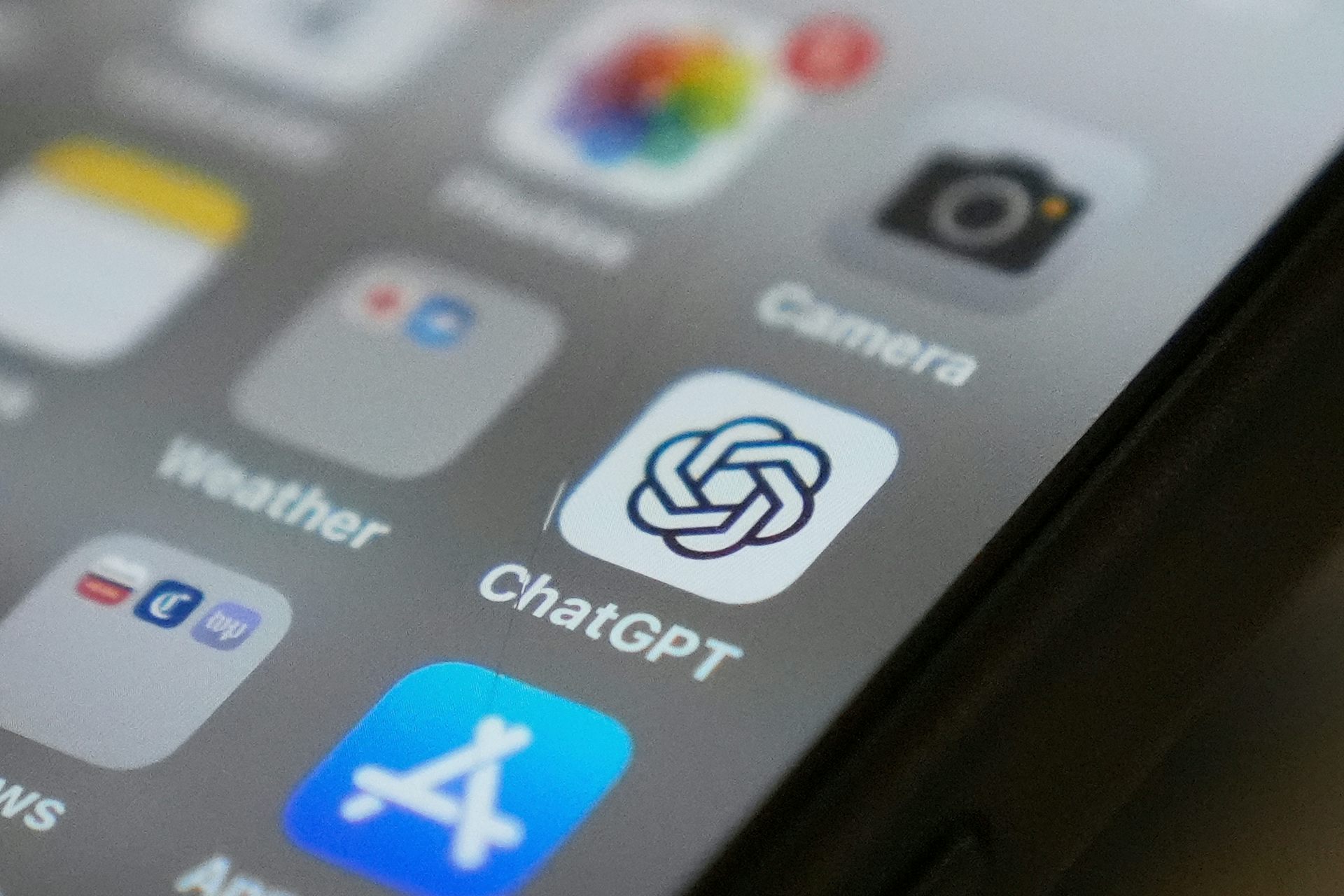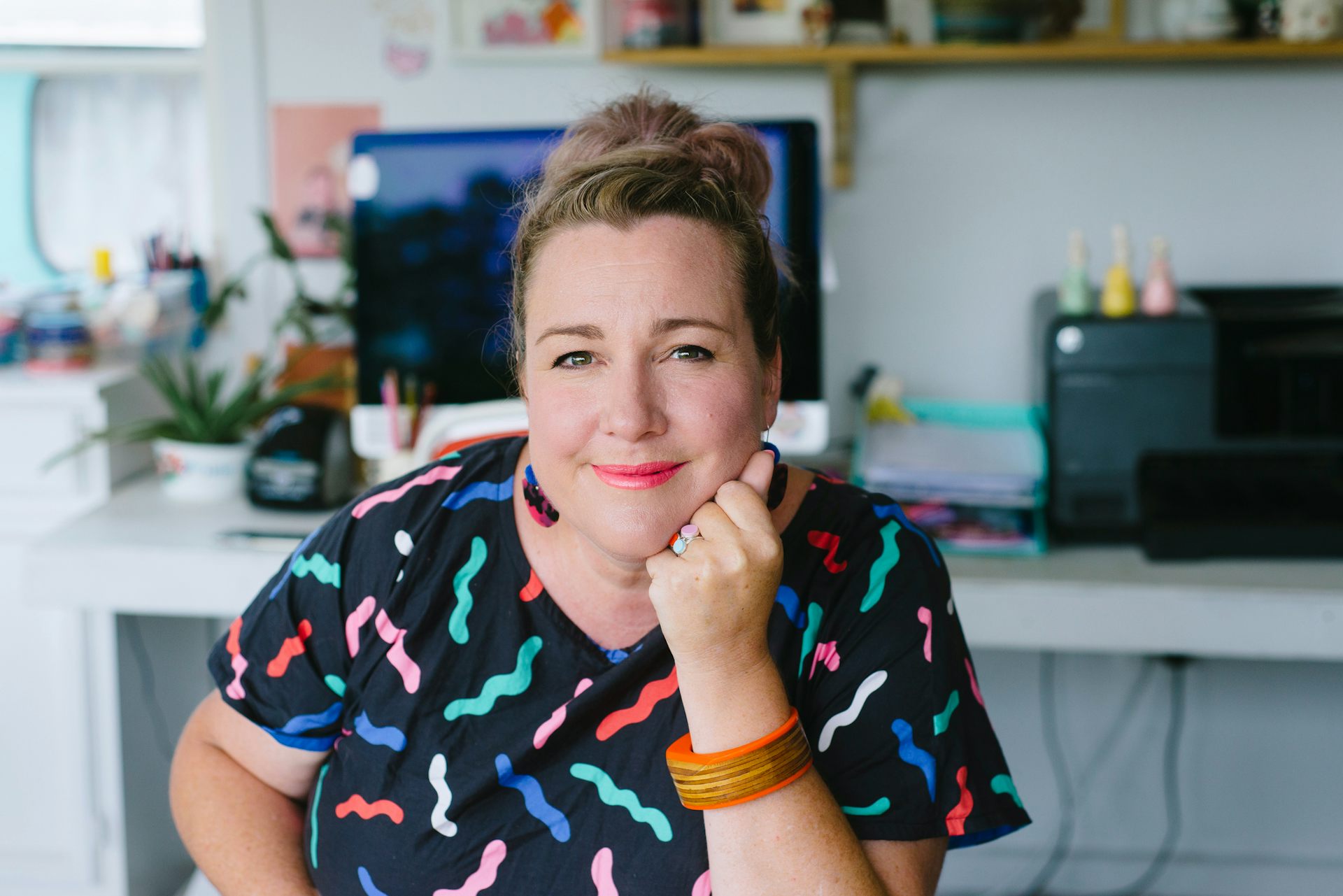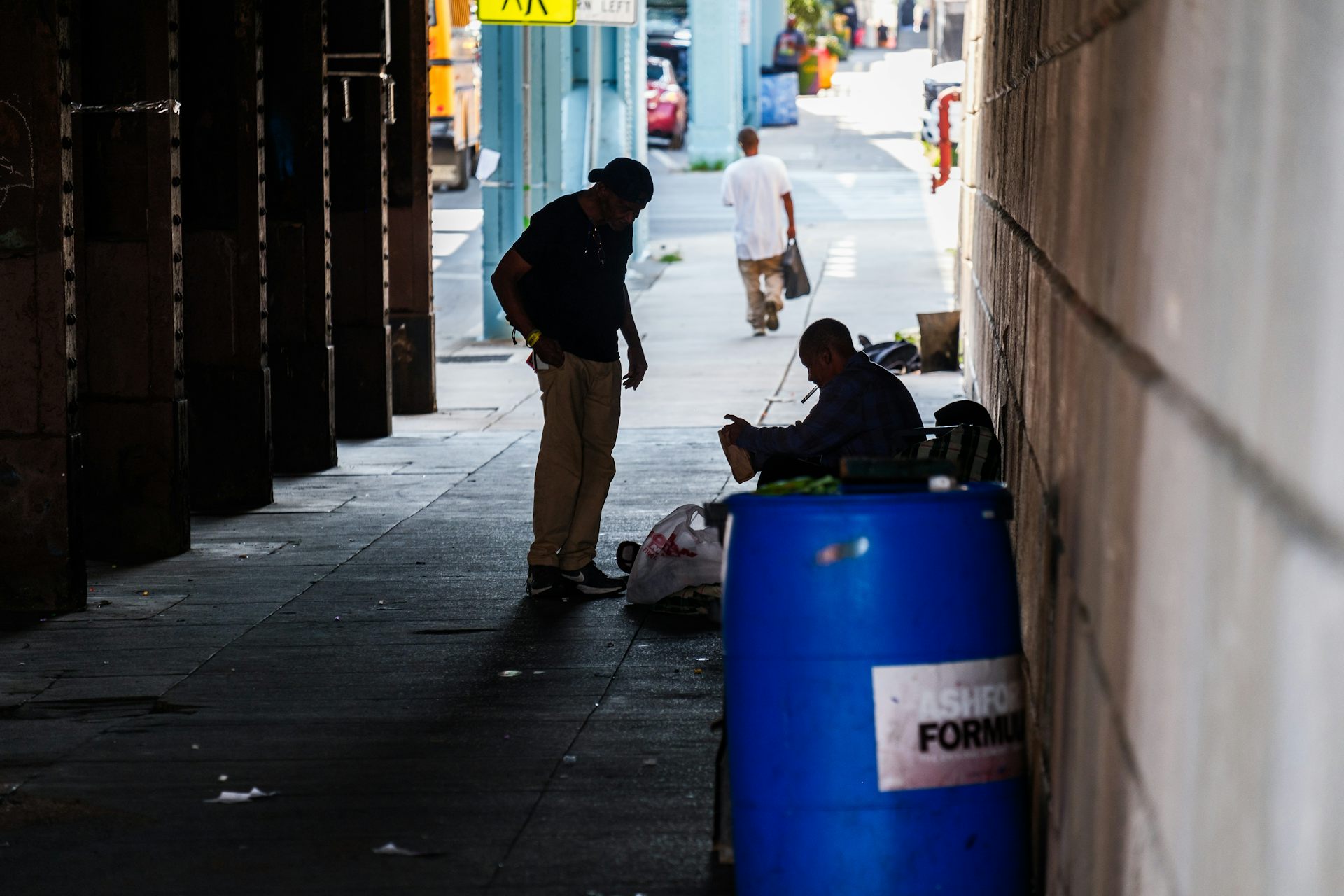If I get sick with coronavirus, can Donald Trump make me stay home?
The US has public health agencies at the federal, state and local level. The spread of coronavirus is putting those agencies in the spotlight. What roles does each play and how are they coordinated?
President Donald Trump recently appointed Vice President Mike Pence to lead the government’s response to the COVID-19 outbreak and control public statements by government health officials about the crisis.
In the days since, health departments throughout the country have investigated potential cases, announced new cases and declared public health emergencies, all without the approval of the vice president.
So who really is in charge of the outbreak response?
As with most things in American government, the answer is complicated.
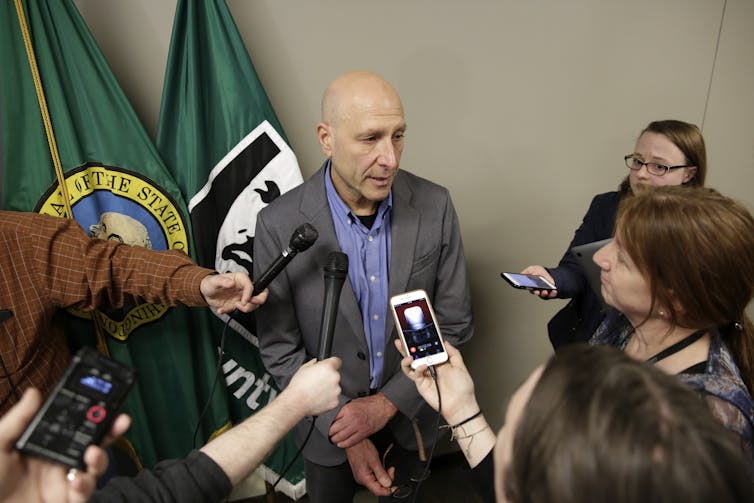
Power to the states
Some framers of the Constitution were concerned about giving the federal government too much power, so the 10th Amendment reserves to the states any powers not specifically delegated to the federal government in the U.S. Constitution.
The federal government is responsible for preventing infectious disease threats from entering the county and moving from state to state. This is why the federal government could quarantine U.S. citizens returning to the country from Wuhan, China for 14 days.
States are responsible for protecting the health of people within their borders. So once the federal quarantine was completed and the travelers entered their communities, the job of monitoring them and their contacts fell to the states.
This is why the response to the same situation may seem different in each state: It is.
When states implement isolation (keeping sick people away from everyone else) or quarantine (keeping well, but potentially exposed, people away from everyone else), they do it based on state laws. Public health professionals might agree that each state needs to take the same action, but each state will do so according to its own laws.
Another complexity is that states decide how much power to give counties, cities and other localities in their states to address outbreaks like COVID-19 as well as other public health issues. So those agencies will also make their own decisions that can appear separate from federal and state policies.
Some states have no local health departments and others have hundreds of them. Some states have only county health departments and others have health departments in individual cities.
Practically, this means that even though the federal government plays an important role, the job of protecting the health of the public ultimately rests with individual states.
Money: A major challenge
A 2019 report by the Trust for America’s Health, which describes itself as a “nonpartisan public health policy, research, and advocacy organization,” found that funding for the federal Centers for Disease Control and Prevention “has not kept pace with the nation’s growing public health needs and emerging threats.” The agency’s budget fell nearly 10% over the past decade after adjusting for inflation.
In recent days, Congress has passed a US$8.3 billion coronavirus response bill, which includes $2.2 billion for the CDC to “prevent, prepare for, and respond to coronavirus, domestically or internationally.”
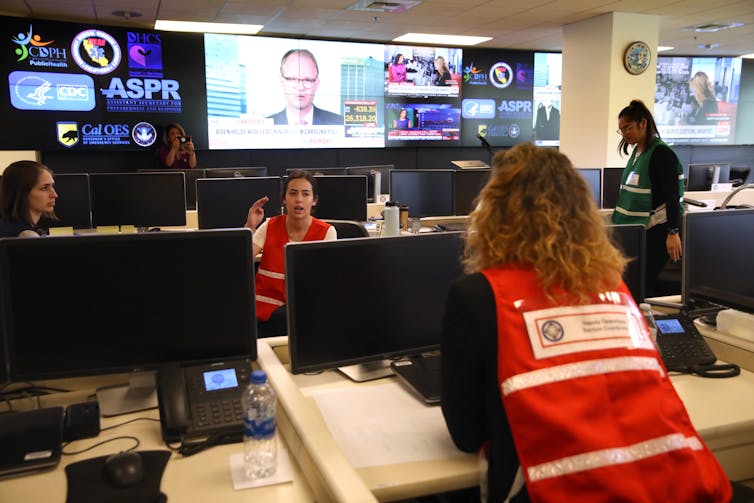
If public health is a local responsibility, it certainly has not been funded that way. On average, local communities spend about $48 per citizen on public health each year, with only about half of it coming from local sources. The rest is funded by the federal government or through fees charged directly to patients for clinical services. Additionally, local health departments have lost 43,000 employees, or 22% of the local public health workforce, since the Great Recession in 2007-2009.
The coronavirus funding bill passed by Congress includes $950 million to assist state and local health departments. This is especially welcome news to state health departments already stretched thin by the day-to-day public health activities designed to prevent and identify outbreaks in the first place.
While public health is rooted in prevention, funding for public health activities often comes only once the emergency has occurred. As a public health practitioner and scholar, it’s clear to me that it is impossible to prevent disease if the money to fight an outbreak arrives only once an outbreak is already spreading in the community.
How does anything ever get done?
When an outbreak occurs, even a global pandemic takes on unique characteristics in each community. Communities differ in size, climate, average age and the kind of activities that are popular, among other things. That affects how disease spreads. The strength of the current system is that state and local public health agencies understand and reflect their communities.
Local health departments in the U.S. were formed in response to local needs as early as the late 18th century, decades before federal public health agencies were established.
Local health departments interview sick people and work with local doctors and labs to identify and track disease.
State health departments often perform these functions as well, but also coordinate local responses, provide technical and financial assistance to the local health departments and run the public health laboratories.
The federal government supports and complements the work being done at the state and local level. It provides the scientific understanding of the virus, develops laboratory tests, implements quarantines for international travelers, works with governments inside and outside the U.S. to understand the spread of disease and provides money and other critical resources.
Public health professionals at every level of government know their role and rely on the professionals at other levels to help with the things that are outside of their control.
Surprisingly, the system often works well. There is a great deal of coordination and information sharing between the levels about how best to respond.
That’s not to say they always agree.
There can be extensive, and sometimes heated, discussions about what should be done. While the debates usually happen in private, sometimes they spill over into the public eye, such as when New York Governor Andrew Cuomo called the federal government’s response to the coronavirus outbreak “absurd and nonsensical.”
Ultimately, the decision to take a public health action, such as to quarantine a patient, is made with the same, shared backdrop of science – no matter where it occurs.
So, no, if you get sick with coronavirus, Donald Trump cannot make you stay home. But a government official in your community can, because that is how the system works.
[Insight, in your inbox each day. You can get it with The Conversation’s email newsletter.]
Brian Labus previously received funding from the Centers for Disease Control and Prevention and the National Institutes of Health.
Read These Next
The ChatGPT effect: In 3 years the AI chatbot has changed the way people look things up
ChatGPT has dramatically altered how people retrieve information, muscling aside Google search as the…
When darkness shines: How dark stars could illuminate the early universe
Some unique ‘stars’ might be fueled by dark matter annihilation.
Sea level doesn’t rise at the same rate everywhere – we mapped where Antarctica’s ice melt would hav
Understanding what happens to Antarctica’s ice matters, because as it melts, sea levels rise, affecting…


